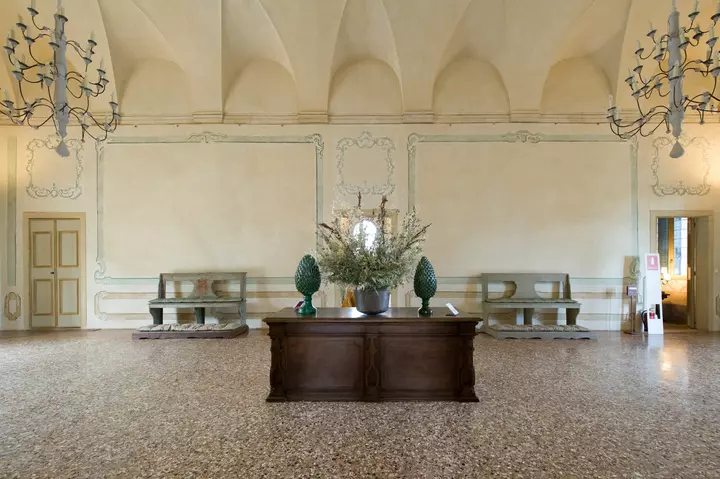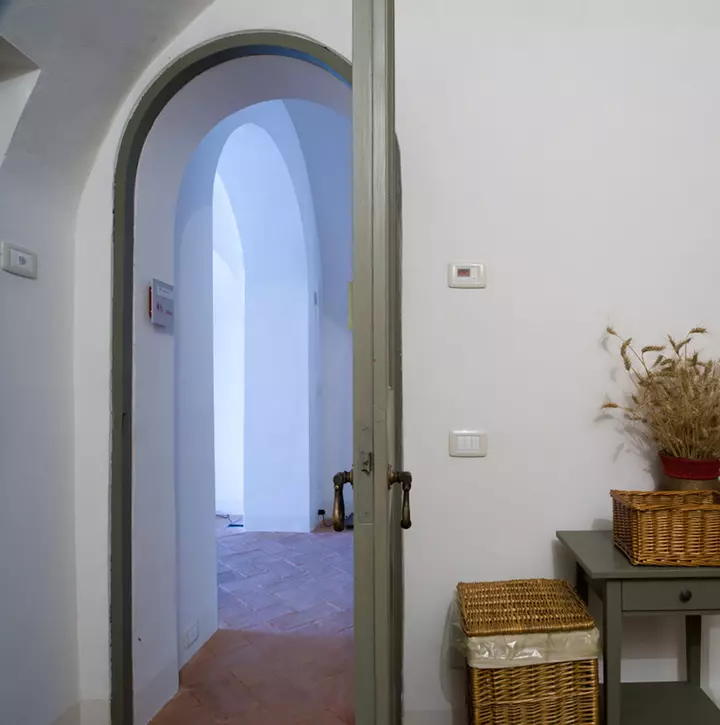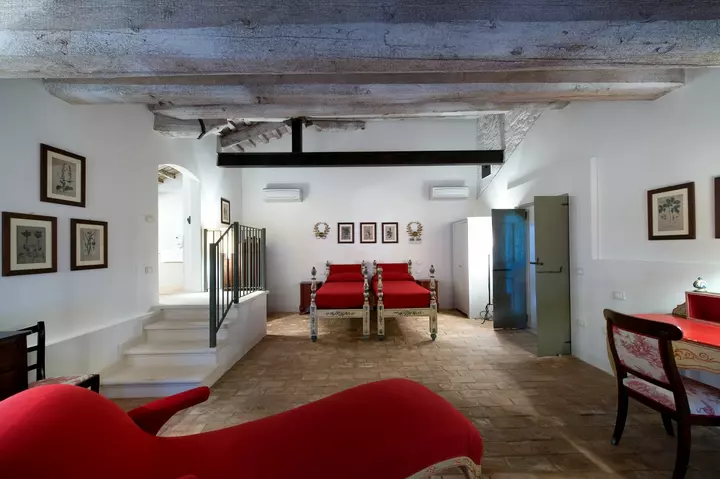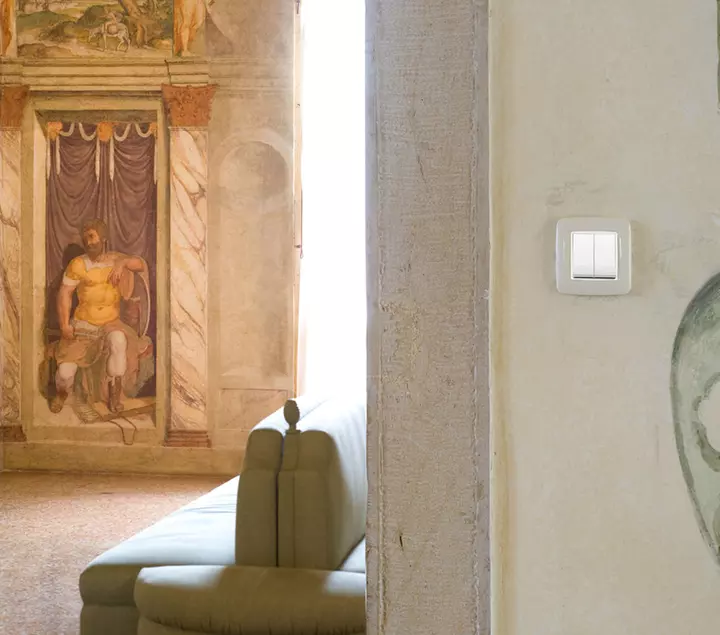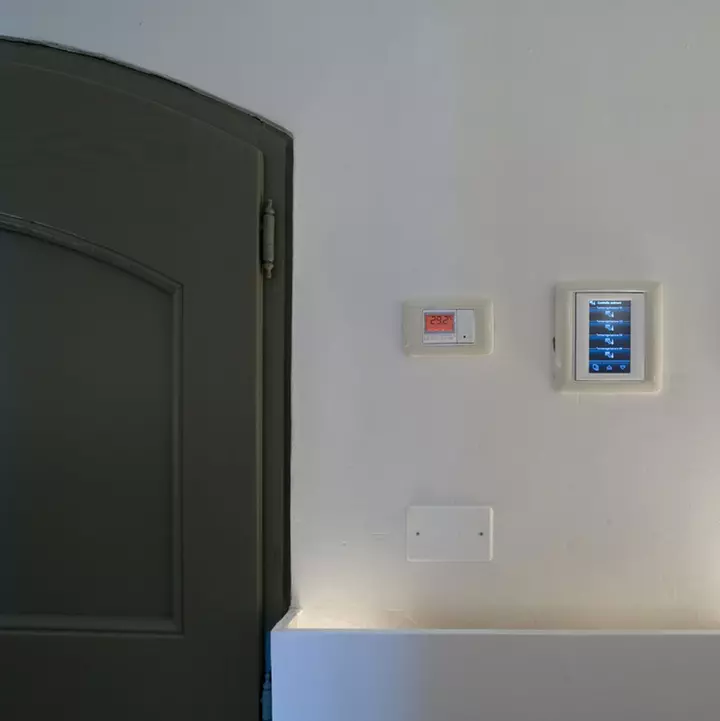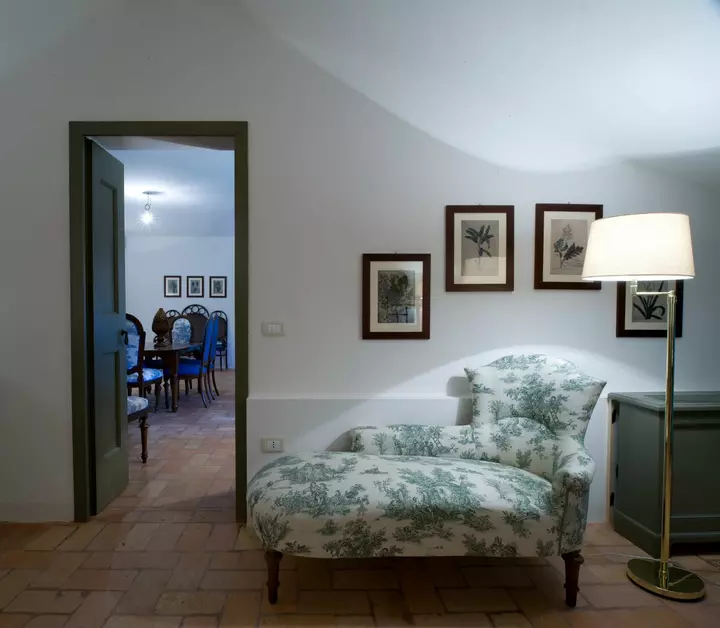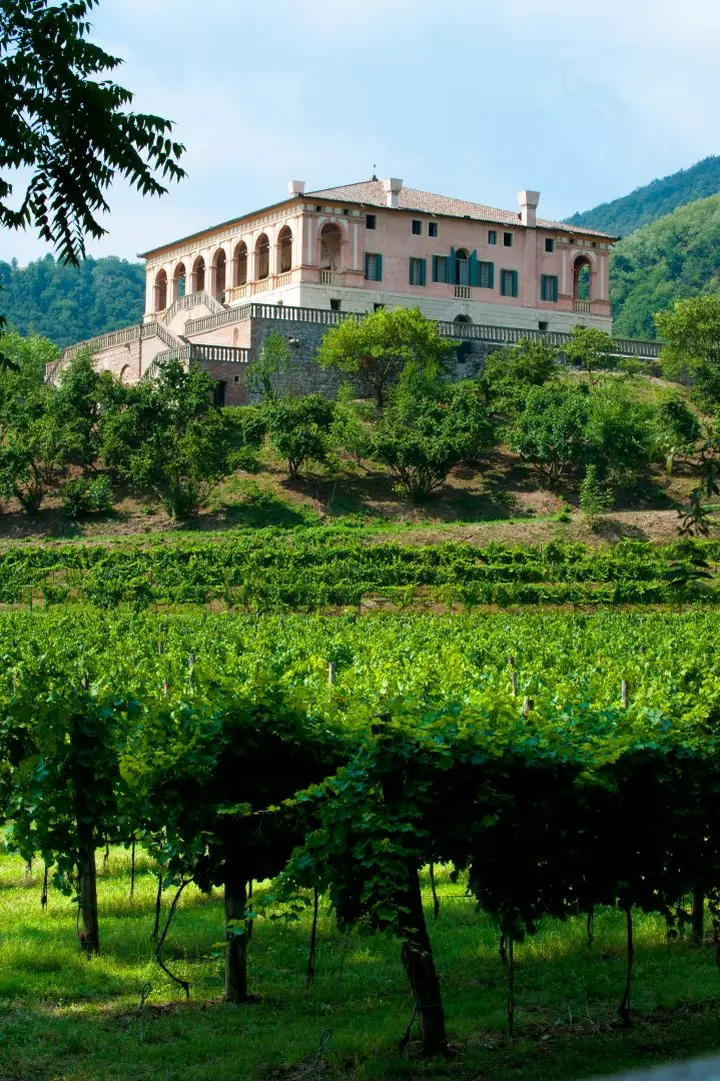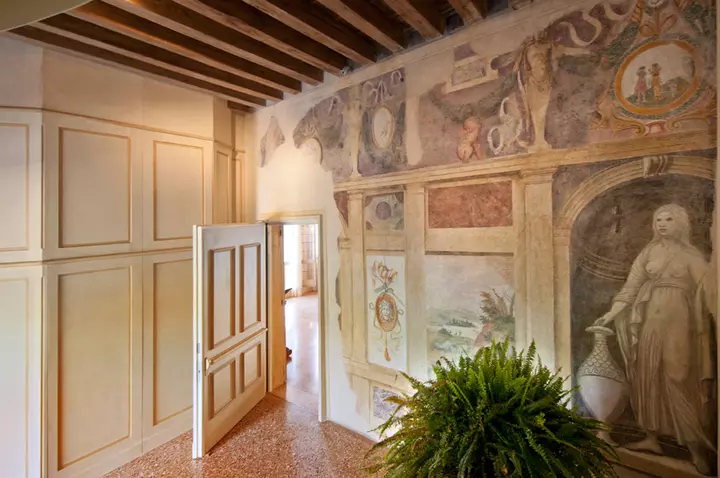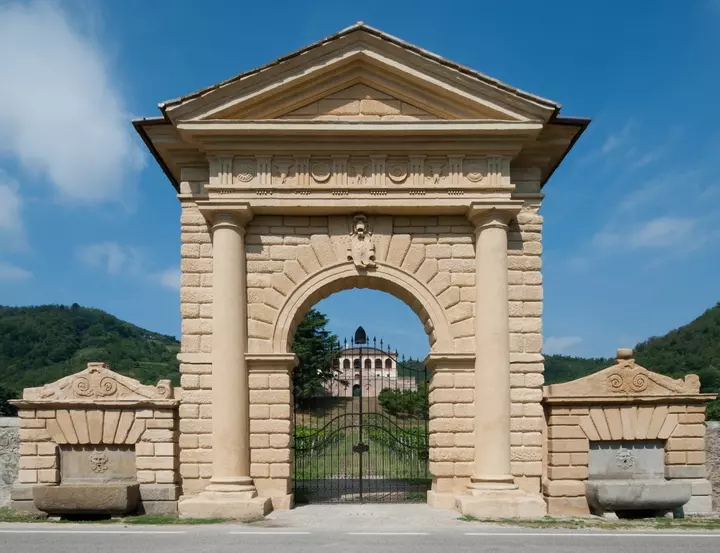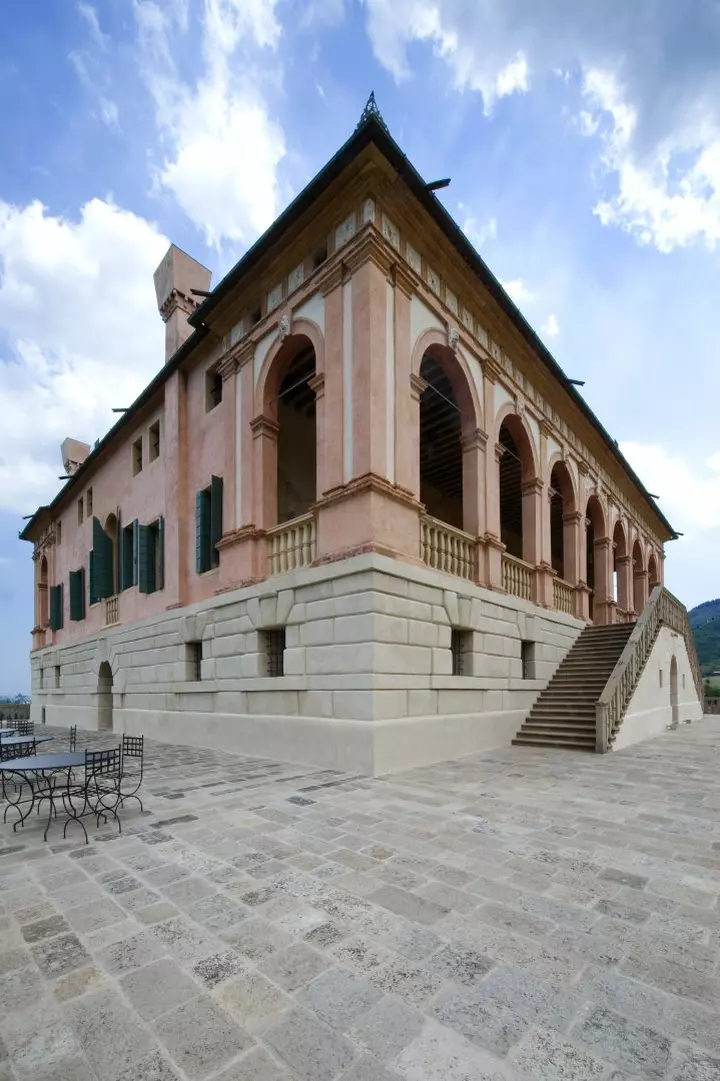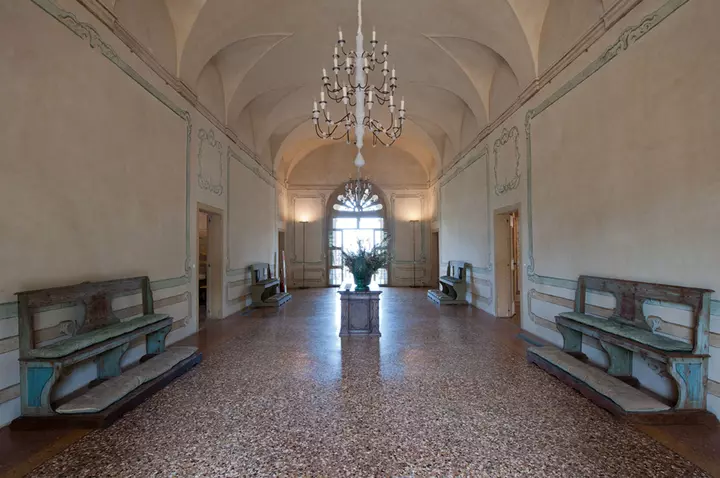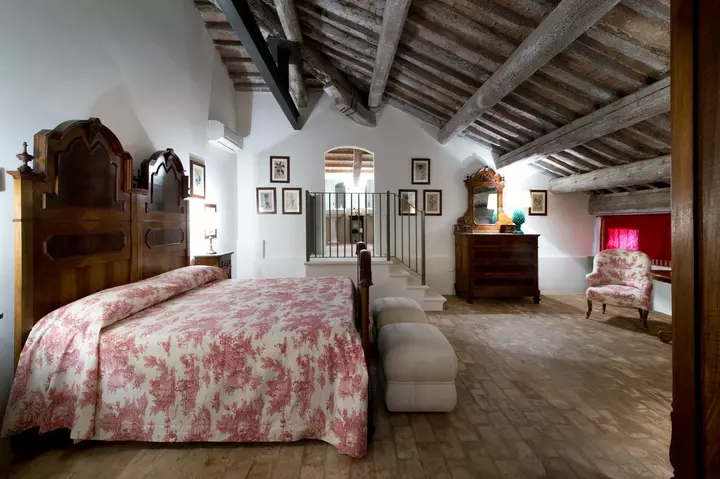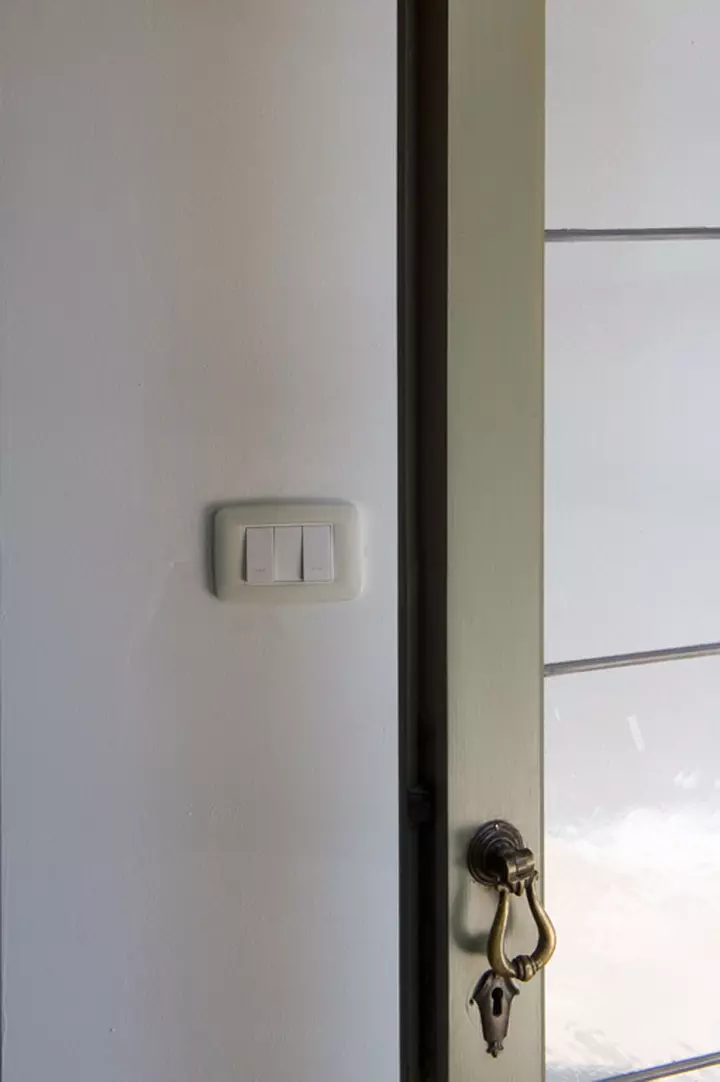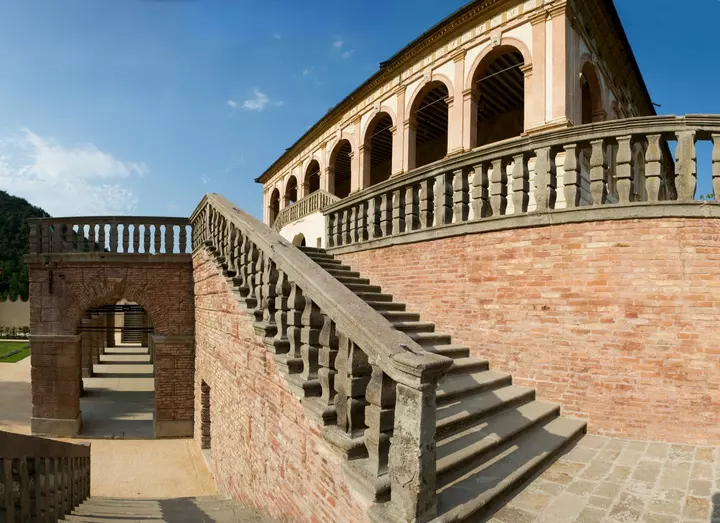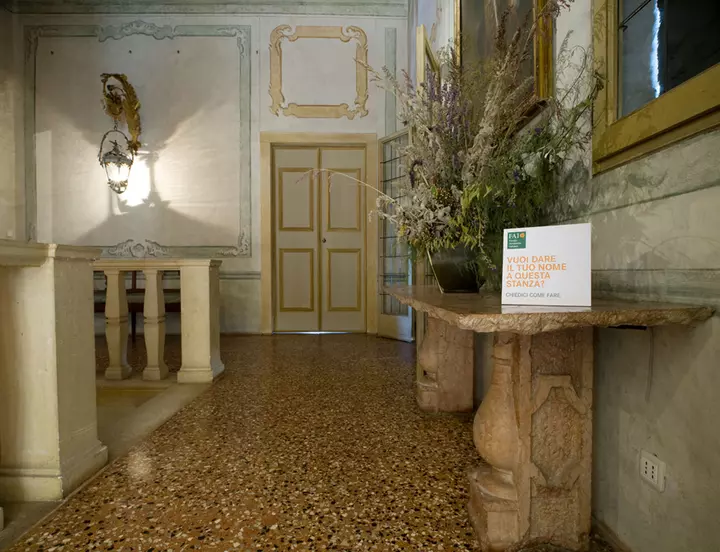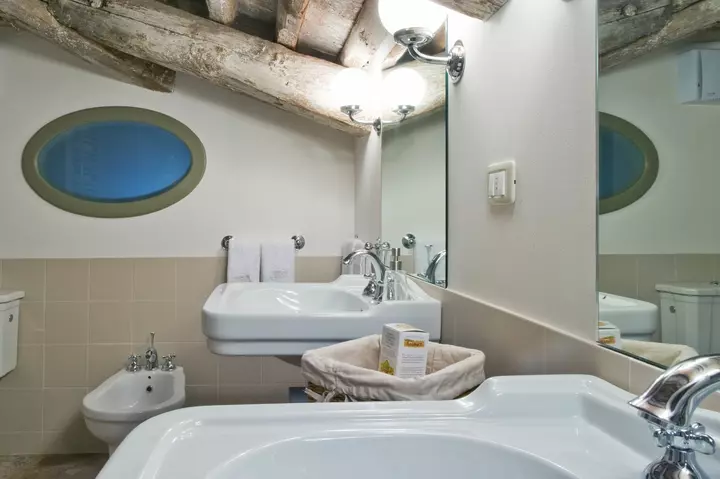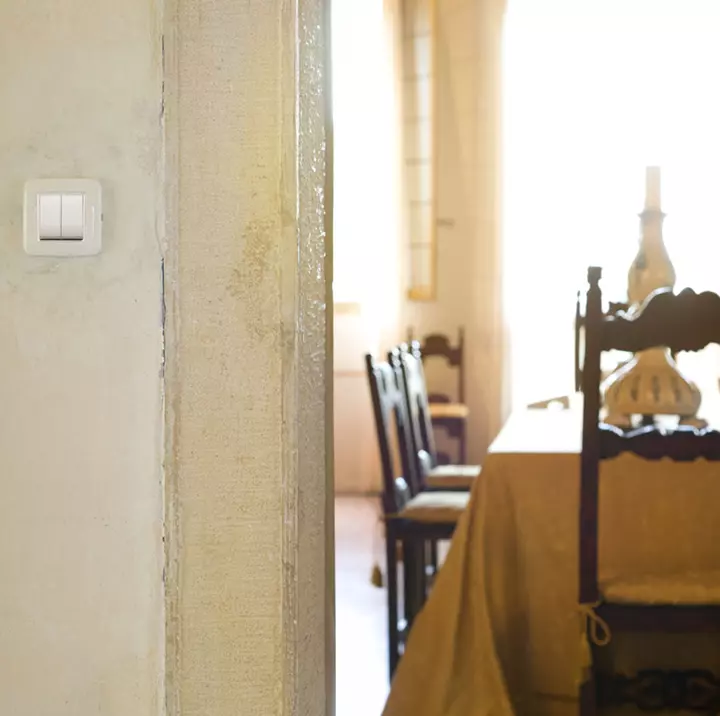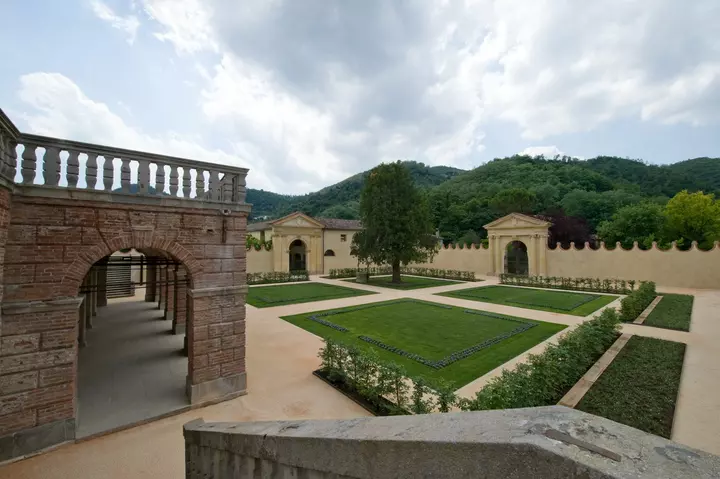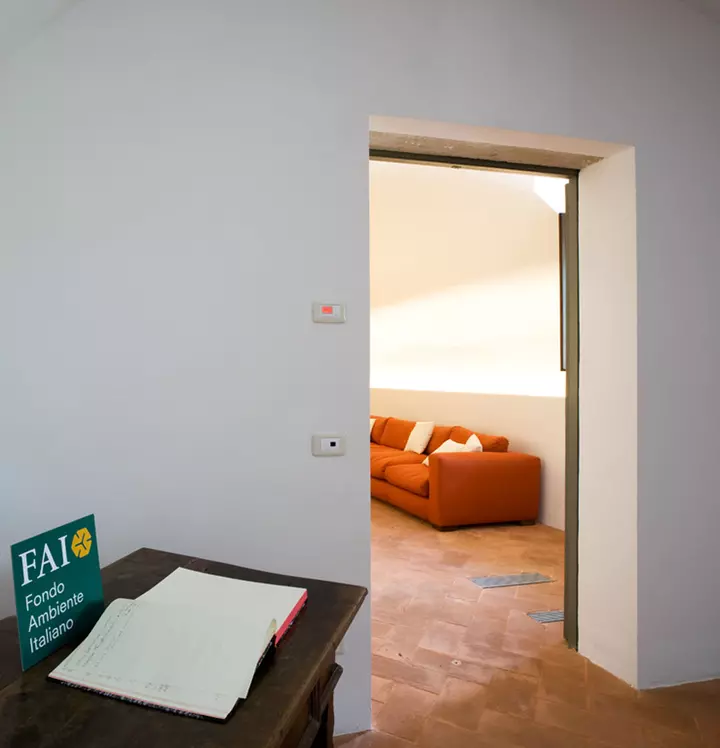Villa dei Vescovi Torreglia
Between art and nature.
Perched on top of a soft hill surrounded by vineyards and the deep green surrounding vegetation of the Euganean Hills is Villa dei Vescovi, an extraordinary sixteenth-century Italian construction that is harmoniously immersed in nature. Designed and built between 1535 and 1542 by the then Bishop of Padua, Francesco Pisani, this building at the time represented a great architectural feat inspired by classicism and intended to accommodate writers and artists of the learned circle of intellectuals gathered by the bishop himself.
The Villa can be considered the first example of the new concept of country homes in Veneto, designed in the wake of the Renaissance architectural trends arriving from Rome and Florence which had begun to pervade the peninsula, going as far as Venice.
The structure, having traversed the centuries remarkably intact, today preserves its age-old relationship with the surrounding landscape: an aspect that was strongly desired by the artists who designed and created it. Villa dei Vescovi is still a place to ponder, to find yourself, to stop and absorb the sheer beauty of the interior areas and the landscape. But at the same time, it is a place of exchange, dialogue and progress, and has been the home of lively meetings and discussions of a large group of enlightened humanists.
During the twentieth century, the villa was sold by the Church to Vittoria Olcese, an entrepreneur and art collector from Milan, whose family in turn donated it to the FAI (Italian Environment Fund) upon his death. After long and complex restoration work, the villa has been recently opened to the public and can now be fully experienced, offering everyone the opportunity to meditate, read, and participate in cultural events in a place designed for the well-being of the mind and spirit.
The detailed and articulate renovation work also included the installation of a state of the art home automation system. Created by Vimar, a company from Marostica in the Veneto region which boasts a multi-year partnership with FAI, the system provides maximum functionality to all of the spaces that comprise the building. Starting with the barn, which has a wine bar and a well-stocked book shop, the system devices now make it easier to manage the area. An elegant touch screen allows the caretaker to bring up any of the nine divisions of the villa at will and centrally control the lighting and temperature in each. At the end of the day, a simple gesture activates the "off" scenario which shuts down all the lighting and sets climate control to stand- by mode in order to avoid unnecessary waste.
The multi-functional use of the structure is supported by a system capable of dosing lighting, climate control and automation according to the various occasions and events, whilst ensuring comfort and energy savings. A quick tap on one of the touch screens can for example activate the "meeting" scenario whereby the large conference hall quickly adopts the settings suitable for a crowded assembly and/or a classical music concert.
The discreet yet stylish Vimar devices, all aesthetically aligned through the Eikon home series with Round model plaques in antique white, integrate perfectly with the light colours of the walls and predominately vaulted ceilings.
As on the ground floor, also the wide open spaces that make up the main floor – dominated by the central hall – benefit from the profile of the Eikon, which almost seems specially made for this most elegant and refined environment. Featuring cross-references between external landscapes and internal landscapes, between wild nature and tamed nature, the frescoes of the Flemish painter Lambert Sustris in most of the rooms offer wonderful representations of idealised landscapes according to the canons of humanism. Scenes depicting classical subjects such as Apollo and Orpheus, or elsewhere cherubs and goddesses, capture the admiring gaze of the visitor.
Designed to meet the needs of tourists who wish to enjoy short sojourns in the Villa, the guesthouse consisting of two spacious and elegant apartments completes the structure. With a double bedroom, a kitchen, living room and a large bathroom in each, both apartments offer all the luxuries warranted by the beauty of this truly enchanting location. Inside, beside the robust antique furniture, the elegant contours of the Eikon series frame the electrical system devices and render them veritable parts of the furnishings.
The commitment by this company from Marostica to continuous research and development of innovative system solutions capable of protecting the historical and architectural heritage of buildings is once again also demonstrated in Villa dei Vescovi, in which sophisticated technology lurks behind the simplicity of the automation control devices.
CREDITS:
Restoration project: C.T. Studio Associato – Crema
System Design: Studio Termotecnico Bonsembiantes s.a.s. - Padova
System Installation: Barzon & Dainese Equipment LTD – Ponte San Nicolò (PD)
Home automation system: By-me
Home series: Eikon
Publié le
